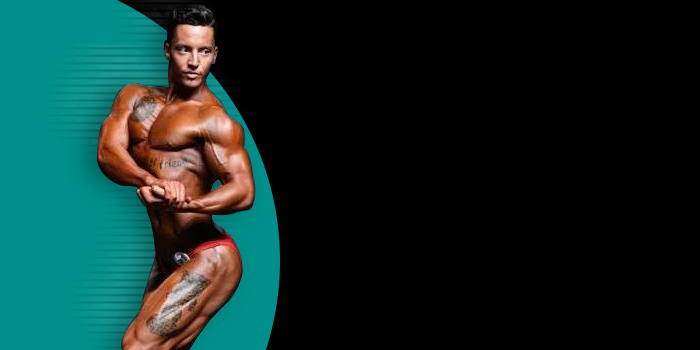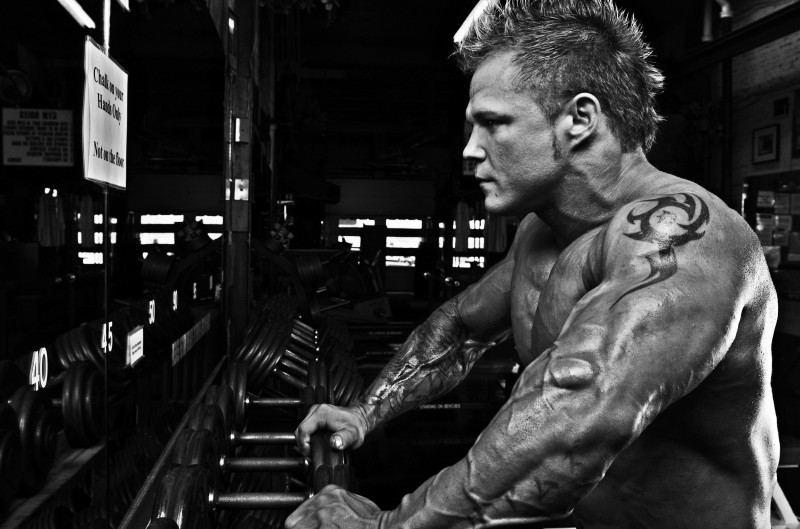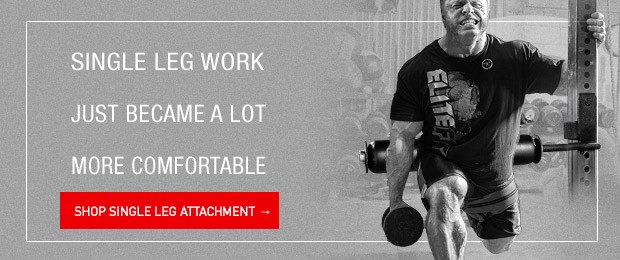
Everybody wants to have a shredded six-pack that pops through their shirt. Every lifter wants to be able to drop fat on a whim and do so quickly. Everyone (for the most part) wants to be jacked, shredded, and tanned.
That said, getting down to the point of “shredded” can be a daunting task in and of itself. When the time does come to start dropping the excess fluff, the natural first move for most lifters is to train more and eat less.
Which is great. Sort of.
While training more and eating less does fit into the bigger picture of getting shredded, you can’t achieve successful fat loss without keeping a weathered eye on the finer points of fat loss. As with any training-related goal, there’s a great way to go about things, and a not-so-great way to go about things. Let’s get into four of the finer points of shedding your unwanted fluff.
1. Create a caloric deficit.
How people seem to think they can burn fat without going into an energy deficit escapes me. While this is right in line with eating less, it’s a non-negotiable aspect of fat loss. That said, you also shouldn’t blindly hack away your calories right from the get go.
If you don’t know how much you’re eating, you've gotta know.
Before you get started, you need to know where you’re coming from and how much you’re eating right now. If you’re not tracking, do so for three or four days and paint a clear picture of your calorie intake and what the macronutrient split looks like. Once you know where you’re at, you can move onto the second step.
Make small reductions as needed.
Fortunately, this is as straightforward as can be. Simply start by knocking off 150-200 calories worth of food (typically via fat or carbs) from your starting point, and remain consistent for one to two weeks. Assess your progress via pictures, weight, and biofeedback markers (appetite, energy, digestion, sleep, stress, anxiety). If you’re still progressing, keep things as they are until you check in again (or notice fat loss stalling).
Conversely, if you notice that your digestion is out of whack or your stress levels are sky high, you need to attend to those before getting too wrapped up in fat loss. While not as fun to deal with, they have a marked impact on your internal landscape and your physique itself — meaning if they’re out to lunch and doing their own thing, your fat loss efforts will reflect it so.
2. Your training sessions are for building muscle.
Your time in the gym should be focused on building as much muscle as possible. While that’s somewhat of a misnomer, it’s the best frame of mind you can carry with you into the gym. Assuming physique development is the goal, hypertrophy sessions should make up the bulk of your training. Hypertrophy is the Holy Grail. To quote fellow columnist, Alexander Juan Antonio Cortes, “everyone needs to be more muscular.”
Even if fat loss is your chief cosmetic goal at the moment, my experience tells me that you’ll be much better off by continuing to place your focus of each session on building muscle. If you’re doing this dieting thing right, you won’t be eating enough to build muscle (or fat), meaning you’ll lose fat almost by default.
Support the peri-workout period.
The nutrients you take in before, during, and after your session will go a long, long way towards maximizing hypertrophy and ensuring you have a great training session. While these are very broad recommendations, the premise stands true. The appropriate amounts, however, require more context before I can make any suggestions.
- Pre-Workout: Low-Moderate Protein, Moderate Carbohydrate, Low Fat
- Intra-Workout: Amino Acids, Rapidly Absorbing Carbohydrate (Use highly branched cyclic dextrin, Gatorade, Kool-Aid, or coconut water only if your training intensity/volume deems it necessary.)
- Post-Workout: Moderate-High Protein, Moderate-High Carbohydrate, Trace Fats
As I said, these are very broad recommendations and need to be approached on an individual basis with your goals and the rest of your nutrition taken into context.
Emphasize recovery.
“You can only train and grow as much has you can recover.”
I first heard this years back from the man who is my longest-standing mentor, Mike Demeter. While I’m sure I’ve butchered and paraphrased it many times over the years, The Oracle speaketh the truth. It doesn’t matter if you’ve got the best training program in the world and are spending more than 10 hours per week training if you aren’t supporting your recovery with adequate nutrients, ensuring quality sleep, staying hydrated, managing your stress, keeping digestion in check, etc. If you aren't doing these things, you’ve no hope in hell of achieving the gains you want, and you’ll be wasting a lot of time in the gym.
If you place half as much effort on recovering well as you do on nailing every minutia of your training program, I can all but guarantee that you’ll get much much more impressive results.
3. Supplement to cover your bases.
In my experience, supplements—while playing an important role in certain cases—are doubly important when you’re pushing hard for fat loss and reaching true shreddedness.
To be clear, dieting is not an easy process, in both the physical and mental sense. The harder you push, the less you eat, and the leaner you get, the more you will start to notice holes in your diet that need to be filled via supplementation. When you get to this level, ensuring you’re covering your bases (zinc, magnesium, fish oil, Vitamin D, anti-inflammatories, digestive enzymes, etc.) becomes all the more important.
RECENT: Toothpicks to Horseshoes — How to Build MASSthetic Triceps
Better yet, don’t wait until you have to play catch-up. Be proactive about your supplement use, and make sure you’ve got your foundation taken care of. Doing so will serve to support your fat loss efforts thanks to ensuring that your body has everything it needs to run optimally.
4. Hydrate, bro.
The importance of hydration bears repeating, simply because it’s so damn important. You can release all the fatty acids into your bloodstream that you want, but if you aren't supporting your body’s detoxification systems, those fatty acids aren't going to go anywhere. Rather than repeat myself for the millionth time, I’m going to steal a chunk from another article I wrote for elitefts.com:
Your goal should be somewhere in the range of three to five liters per day (depending on climate, bodyweight, training, etc.). Or you can be an adult and make a conscious, proactive effort to be and remain hydrated throughout the day. Four to eight ounces of water every hour (again, the amount is individual and contextual) is a great target to aim for.
For a fail-proof method of staying on top of your hydration, you should pay attention to and monitor your urine color throughout the day. If it’s pale and clear, you’re well hydrated. If it’s dark and yellow, you’ve got some water to drink.
Ensuring proper hydration will serve to lubricate your joints and help prevent them from “grinding” up on one another during your session and day-to-day. From a muscular standpoint, water is crucial in muscular contraction. If you’re dehydrated, your muscles won’t have any electrolytes to put to use and will cramp. If you’ve ever had a calf cramp, you know the pain I’m talking about.
Additionally, your muscles are controlled by nerves. If you lack adequate water and electrolyte balance, your muscular strength and control will also be inhibited. Finally, water also transports nutrients into your muscles and helps to carry waste out of your body.
Hydration is both simple and a zero-sum game. Either you are or you aren’t. Make sure that you are. Go drink 12 ounces of water. I bet you need it.
The Final Rep
Fat loss need not be a complex, mythical beast of an undertaking. If you take a moment to internalize what you need to do in order to be successful and understand these four finer points of fat loss, I’ll bet my left quad (and it’s beautiful, if I may so say myself), that you’ll have your easiest, most successful diet yet.












1 Comment